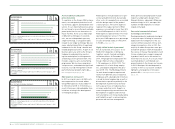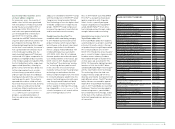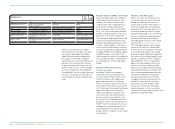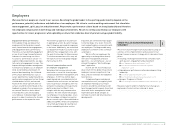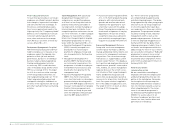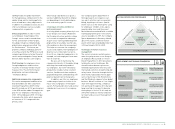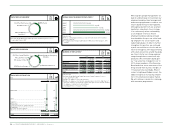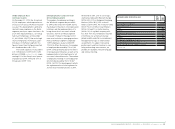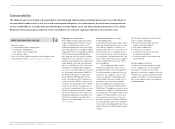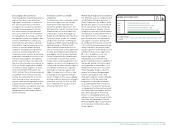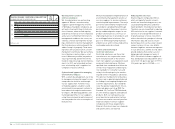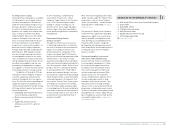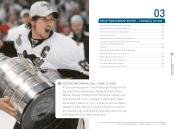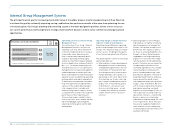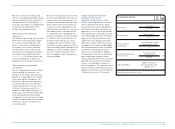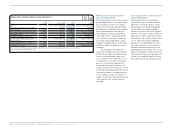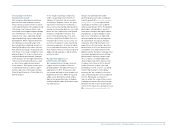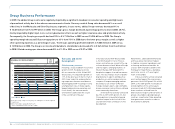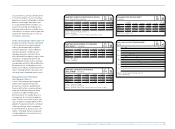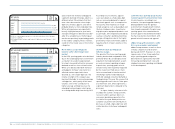Reebok 2009 Annual Report Download - page 108
Download and view the complete annual report
Please find page 108 of the 2009 Reebok annual report below. You can navigate through the pages in the report by either clicking on the pages listed below, or by using the keyword search tool below to find specific information within the annual report.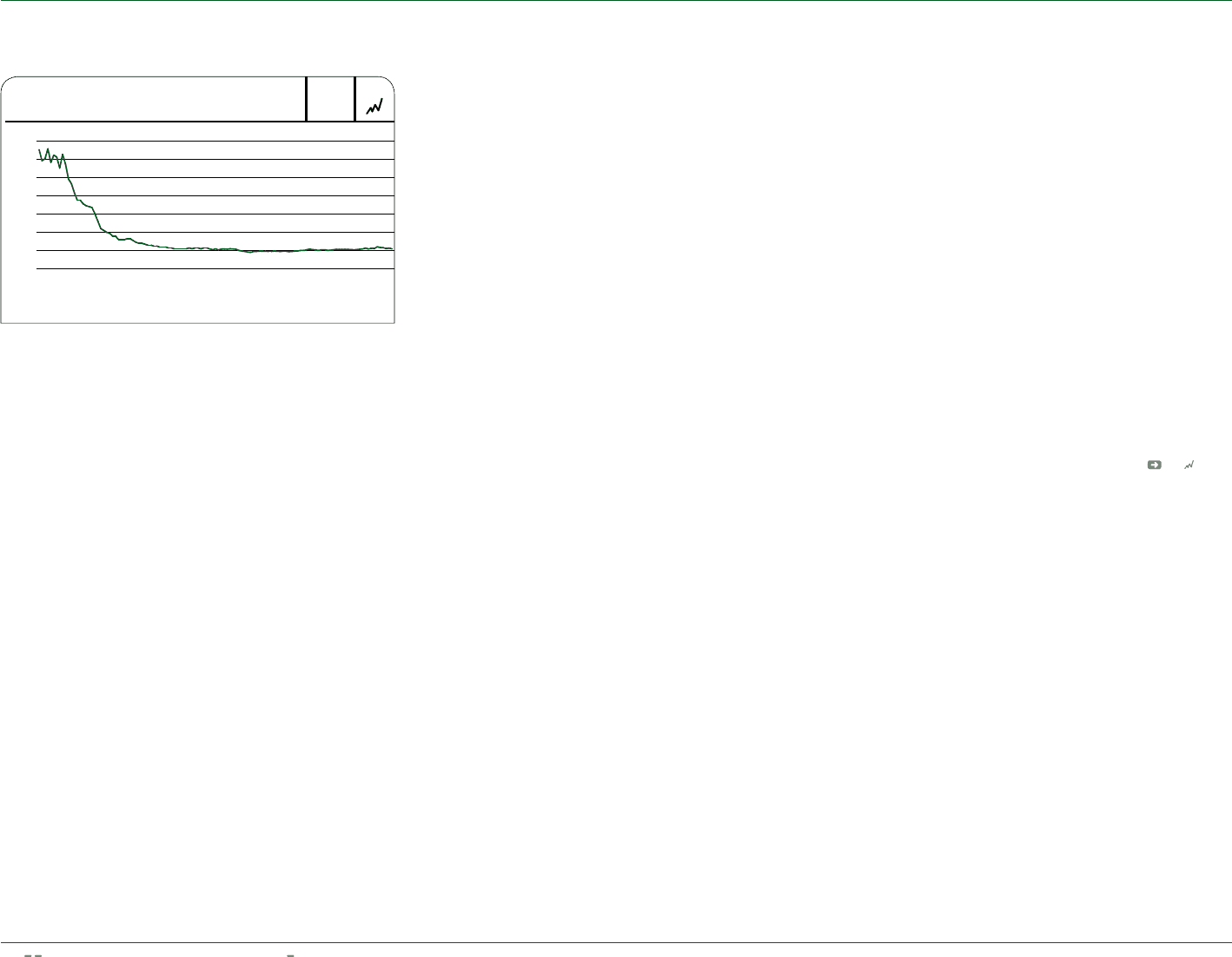
104 GROUP MANAGEMENT REPORT – OUR GROUP Sustainability
Warning-letter system to
enforce compliance
We strongly believe in a partnership
approach. Where a manufacturing
supplier is performing poorly in terms
of Workplace Standards compliance, we
will work closely with them to find solu-
tions. However, when we find ongoing
and serious instances of non-compliance
and a lack of commitment from factory
management to address the issues, we
send out a formal warning letter includ-
ing a notification to factory management
that their business relationship with the
adidas Group is in jeopardy. Three warn-
ing letters will usually result in a recom-
mendation to terminate. We see termina-
tion of business relationships as a last
resort. Whenever possible, we prefer to
stay in partnership and work from the
inside to help encourage factory improve-
ments. In 2009, we terminated our busi-
ness relationship with 9 suppliers for
compliance reasons (2008: 2).
System-based approach to managing
environmental impacts
With a system-based approach, we strive
to manage environmental impacts in our
own production facilities and through-
out our supply chain. Activities focus
on helping suppliers establish sound
environmental management systems to
best reduce their negative environmen-
tal impacts. We develop guidelines and
training programmes for our suppliers,
using the environmental performance of
our own production sites as examples of
best practice.
We have mandated the implementation of
environmental management systems at
our core suppliers to ensure continuous
monitoring and improvements. The major
part of the environmental footprint from
our products is predetermined through
decisions made in the product creation,
design and development stages. In our
product creation process, we focus on
improving materials in our products and
on tackling pollution in factories. Our
goal is to eliminate polluting materials
and processes and to increasingly utilise
sustainable materials instead.
Control and monitoring of
restricted substances
Restricted substances are those that
cause harm or are suspected to cause
harm to human health or the environ-
ment. Our suppliers are required to avoid
using restricted substances. We have
specified clear standards that follow the
strictest local regulations and best prac-
tice standards for consumer care and
safety in the Group’s policy for monitor-
ing and control of hazardous substances.
This policy is mandatory for all business
partners and is updated regularly based
on findings in our ongoing dialogue with
scientific organisations. Our standards
cover the general requirements for eco-
labels and green seals (e.g. ÖKO-Tex
Standard 100, Tox Proof TÜV Rhineland,
etc.) for footwear, apparel and hardware
products. Both our own quality assur-
ance laboratories and external testing
institutes are used to constantly monitor
material samples to ensure supplier
compliance with these requirements.
Materials that do not meet our standards
and specifications are rejected.
Reducing VOC emissions
Volatile Organic Compounds (VOCs),
which are typically found in solvents
used in our manufacturing process, can
cause breathing difficulties and other
health problems for production workers.
Therefore, we are committed to reducing
VOC emissions in our suppliers’ footwear
factories to an average VOC emission of
20 grams per pair of shoes. Our efforts
reflect the technical synergies of sharing
information, data and sources on pro-
duction questions such as water-based
cement systems. At our core athletic
footwear suppliers we measure exposure
to such emissions, and the records taken
provide evidence that workers are not
being exposed to dangerous levels of
VOCs. Our athletic footwear suppliers in
Asia and Europe have reduced VOC emis-
sions from 130 grams per pair in 1999 to
22.6 grams per pair in 2009 see 02.
N
°-
02
VOLATILE ORGANIC COMPOUNDS CONSUMPTION 1 )
IN GRAMS PER PAIR OF SHOES PRODUCED
1999 2000 2001 2002 2003 2004 2005 2006 2007 2008 2009
120
80
40
0
1) At year-end.


